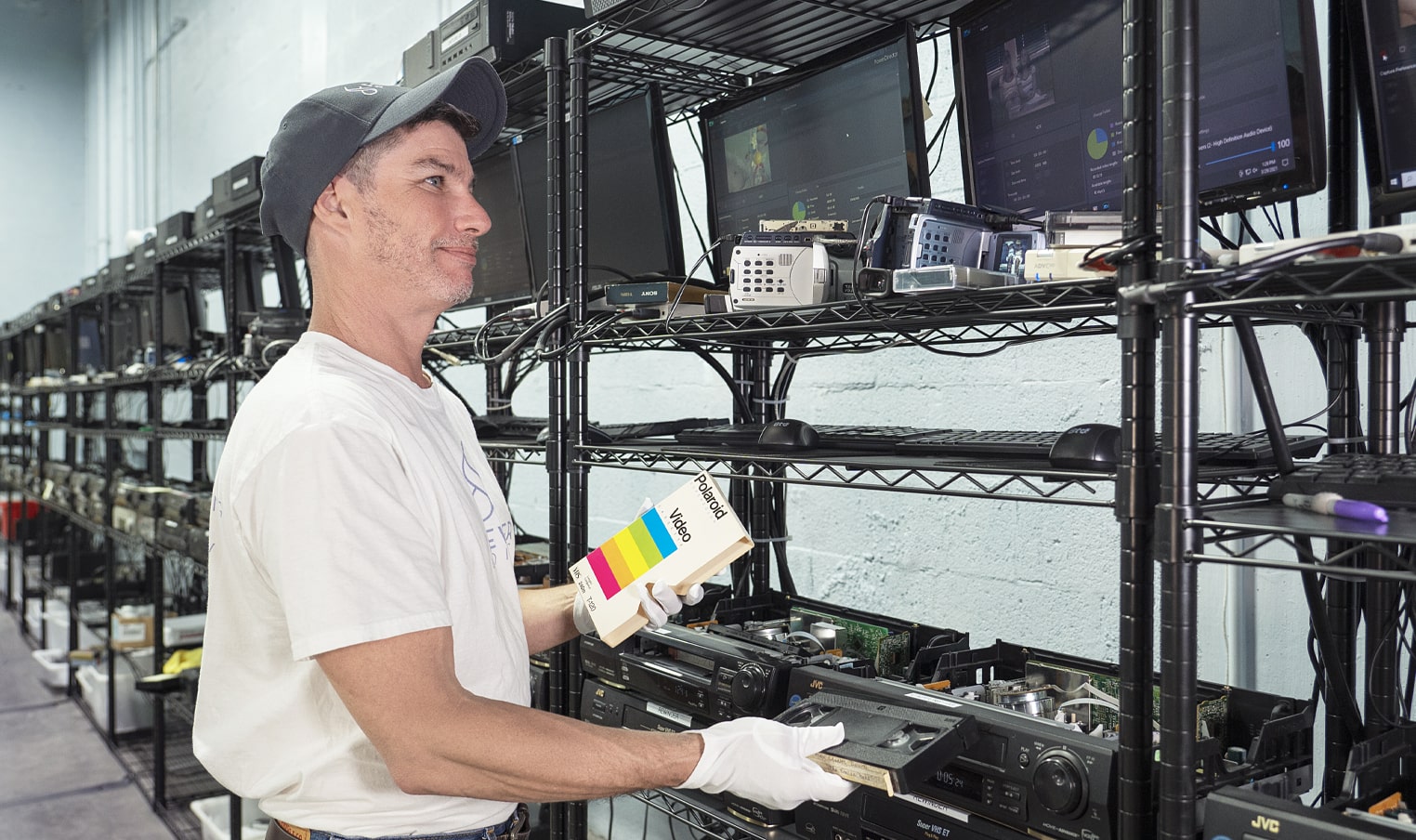
Demystifying VHS: What Does VHS Stand For?
Reveal VHS secrets: Learn its meaning, delve into its past, and see its impact on home entertainment.
By David J.
David J.
David Jacobs is Forever Studios’ Lead Media Transfer technician, and has been a key member of the Forever Studios team for many of our most important years. His dedication to analogue media has made him one of the more knowledgeable men in the business.

David Jacobs is Forever Studios’ Lead Media Transfer technician, and has been a key member of the Forever Studios team for many of our most important years. His dedication to analogue media has made him one of the more knowledgeable men in the business.




